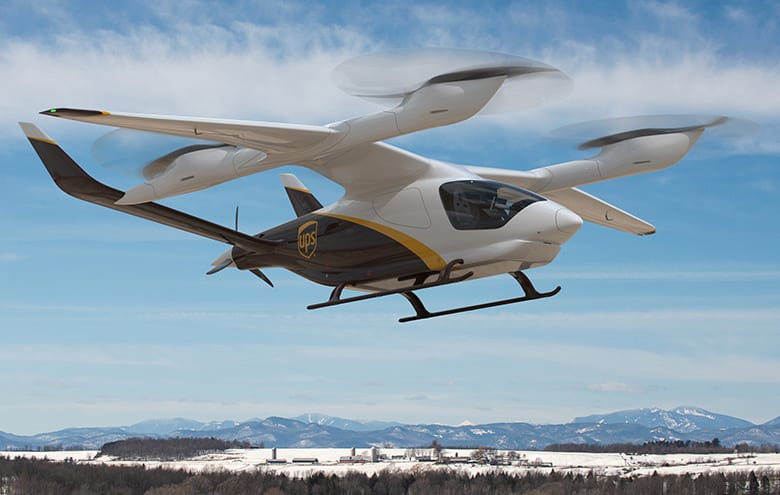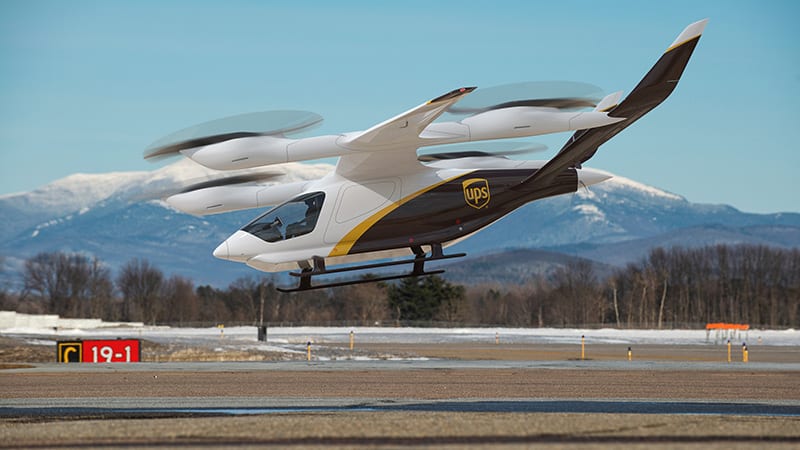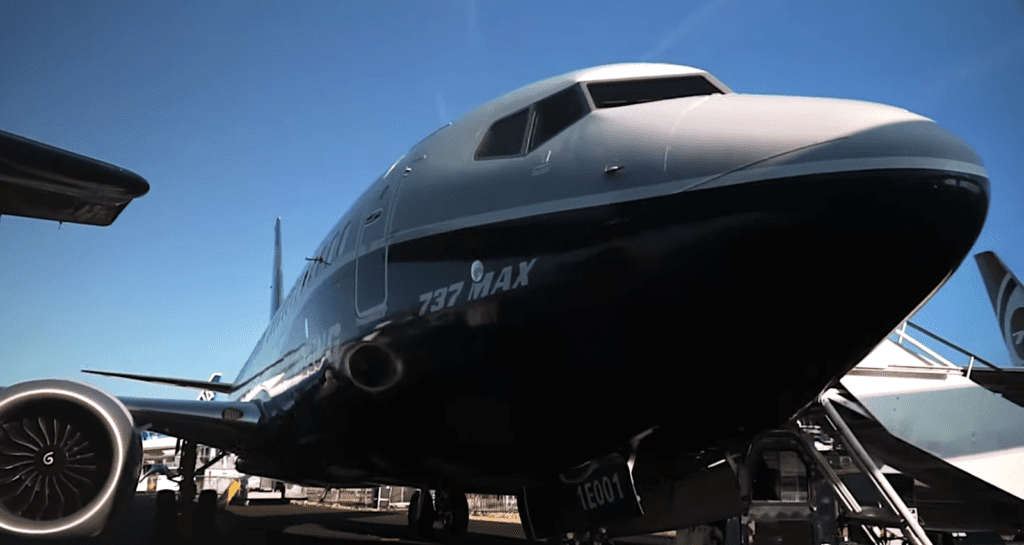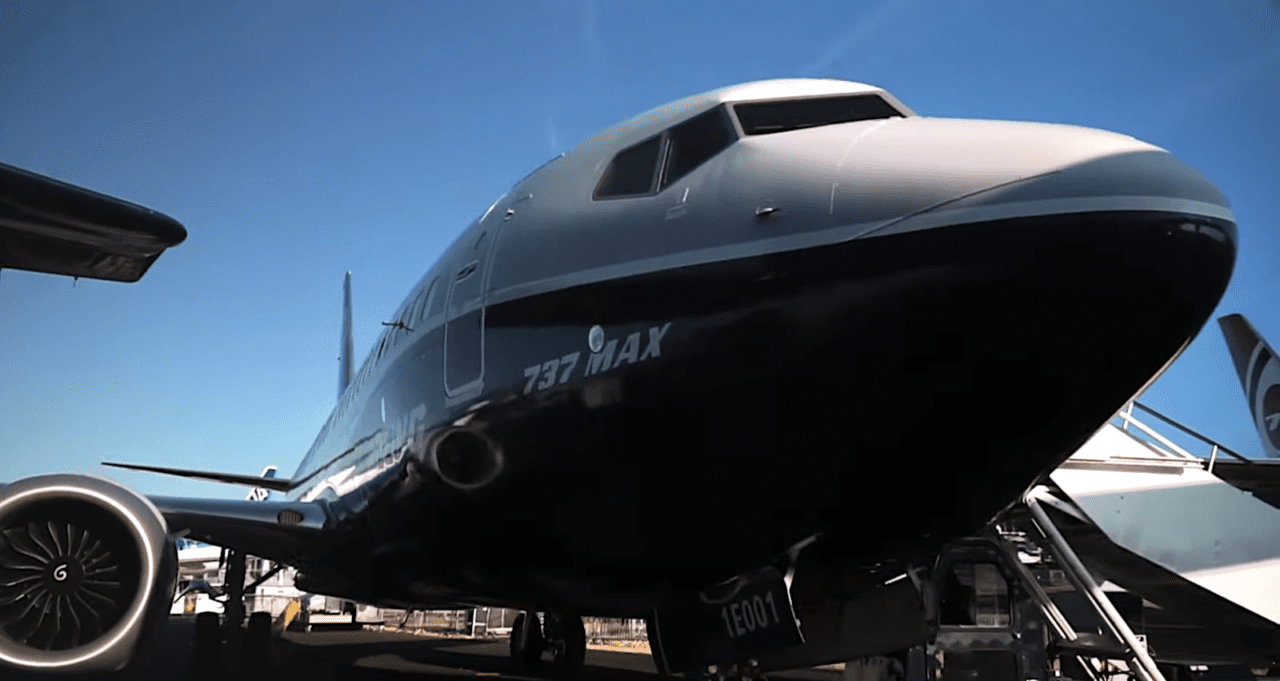
Check out the April 11 edition of What’s Trending in Aerospace, where editors and contributors for Avionics International bring you some of the latest headlines and updates happening across the global aerospace industry.
Commercial
737 MAX Electrical Issue Leads to Some Aircraft Pulled From Service
Boeing on Thursday identified a potential electrical issue involving the 737 MAX and has recommended some airlines operating the aircraft, which recently re-entered service, temporarily pause those operations to address it.
“Boeing has recommended to 16 customers that they address a potential electrical issue in a specific group of 737 MAX airplanes prior to further operations,” the company said in an April 9 statement.
The airplane manufacturer said the recommendation for removal from service is being made to “allow for verification that a sufficient ground path exists for a component of the electrical power system.”
Avelo Launches New Low Cost Airline with Routes From California

Avelo Airlines, a new low cost Boeing 737 operator, will start flights from Hollywood Burbank Airport later this month. (Avelo Airlines)
Avelo Airlines will start operating flights to 11 destinations in the western U.S. later this month, with one-way fares starting as low as $19, according to an April 8 press release.
The new low cost carrier will operate from Hollywood Burbank Airport (BUR), and has already started taking bookings for its flights beginning that will start on April 28. Avelo is operating an all-Boeing fleet of 737 Next Generation aircraft, and has hired a leadership team that includes former executives from Delta Air Lines, Frontier Airlines, Hawaiian Airlines, JetBlue Airways, Northwest Airlines and Spirit Airlines.
“Avelo has a simple purpose — to Inspire Travel,” Avelo Founder, Chairman and CEO Andrew Levy said in the release. “After more than 20 years of steadily shrinking consumer choice, the American flying public wants and deserves more options and lower fares.”
Waltzing Matilda Aviation Launches Connect Airlines

IBS Software will power Connect Airlines with its mission-critical SaaS solutions. (WMA)
Connect Airlines, a new airline launched by Waltzing Matilda Aviation (WMA), will connect Toronto Bill Bishop City Airport with airports in the northeast and Midwest United States, according to an April 8 press release.
“We are passionate about how aviation brings people, cultures and business together,” John Thomas, chief executive officer of WMA, said in a statement. “Especially in these challenging times, we are committed to delivering the world’s most rewarding premium travel experience with safety, service, convenience and reliability.”
The airline will use the Q400 turboprop built in Canada, according to the release. IBS Software will be a strategic launch partner in this effort also and will use Connect Airlines to launch its Airline-in-a-box set of solutions.
“Connect Airlines is bucking an industry-wide trend,” Jitendra Sindhwani, IBS Software President & Head and Aviation Business at IBS Software, said in a statement. “This bold statement is testament to the growing confidence in the aviation industry recovery. Our integrated set of solutions will support Connect Airline’s commercial and operational business. This includes reservations, fleet and crew operations, maintenance, and their website and mobile application. We are able to provide all the technology to enable the airline to start flying. We are thrilled to welcome Connect Airlines to the IBS Software family and look forward to our long-term partnership with Waltzing Matilda Aviation.”
Airline Executives Urge Streamlining of Digital Passports to Re-Open International Flights

United Airlines added a “Travel Ready” center to its website and mobile help to let passengers know what travel restrictions or policies they face when flying to various destinations. (United Airlines)
One aspect of the air travel process that will help restore demand for business and international travel is the use of digital health passports or apps that airlines, airports, and border agencies can use as a means of confirming a traveler’s negative COVID-19 status prior to boarding their flight. As airlines take their own individual approaches to deploy new apps that allow their passengers to digitally prove their COVID-19 status airports, there are a number of challenges to be addressed.
“I think the concern some folks have around the digital passport is it has a lot of complexity. Number one is really establishing a global standard so that this passport can be used across any country you fly around the world,” Alaska Airlines CEO Ben Minicucci said during a panel virtually hosted by the U.S. Chamber of Commerce for its annual 2021 Aviation Summit panel.
Minicucci believes individual privacy associated with a passenger’s medical information is another concern. In February, Alaska rolled out its new VeriFLY app, to give travelers a digital method of providing proof of a negative COVID test. American Airlines is also using VeriFLY, while United and Delta have both added new features to their existing airline mobile applications that provide similar COVID-19 test verification capabilities.
“How do you transfer private medical records into a health app, whatever health app we end up agreeing to? There are these complexities, I think if it unlocks international travel I think it’s something that we should pursue collaboratively, but it’s going to take collaboration from different stakeholders,” Minicucci said.
Outside of the U.S. however, airlines are facing challenges that vary on a region-by-region basis. U.S. airlines on average operate 60 percent of their flights domestically, while Chinese airlines are dependent on international travel for 45 percent of their total passenger demand, according to the Oliver Wyman report. The majority of airlines in the Asia Pacific region face the same situation, waiting on international travel regulations to allow for less uncertainty and quarantine requirements.
European carriers are similarly more dependent on more cross-border travel due to the region’s geographical structure. Inter-European travel is still suffering from a rise in cases in the region that occurred throughout the first three months of the year.
Lufthansa CEO Carsten Spohr also addressed the Aviation Summit audience remotely from Germany, outlining some of the key factors he believes could help re-open international flying.
“Three factors will have a significant impact on global air traffic. The first is the ongoing development of the coronavirus pandemic and the unfortunate reality of global travel restrictions. Second is video conferencing, and the potential decline in business travel, and last, our joint efforts toward environmental sustainability,” Spohr said. “I would like to appeal to politicians, we need international digital tests and vaccination certificates to enable our customers to travel again.”
Space
Mars Helicopter Flight on Track to Occur This Week
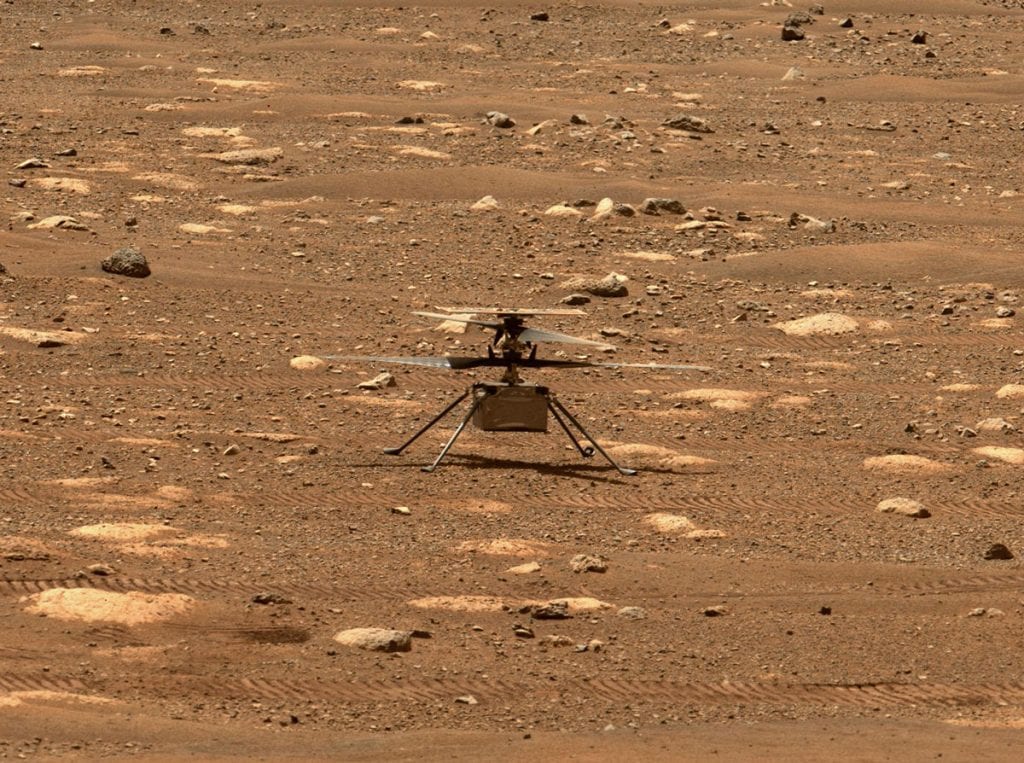
NASA’s Ingenuity helicopter unlocked its rotor blades, allowing them to spin freely, on April 7, 2021, the 47th Martian day, or sol, of the mission. (Photo: NASA/JPL-Caltech/ASU)
Based on data from the Ingenuity Mars helicopter that arrived late Friday night, NASA has chosen to reschedule the Ingenuity Mars Helicopter’s first experimental flight to “no earlier than April 14,” the agency said in an April 10 statement.
During a high-speed spin test of the rotors on Friday, the command sequence controlling the test ended early due to a “watchdog” timer expiration, according to NASA.
“This occurred as it was trying to transition the flight computer from ‘Pre-Flight’ to ‘Flight’ mode. The helicopter is safe and healthy and communicated its full telemetry set to Earth,” the agency said in an update published to its website Saturday.
The watchdog timer oversees the command sequence and alerts the system to any potential issues. It helps the system stay safe by not proceeding if an issue is observed and worked as planned.
NASA’s helicopter team is reviewing telemetry to diagnose and understand the issue. Following that, they will reschedule the full-speed test.
Connectivity
Former NASA Administrator Bridenstine Joins Viasat’s Board

Former NASA Administrator Jim Bridenstine. (Viasat)
Former NASA Administrator Jim Bridenstine has joined Viasat’s board of directors. The satellite operator announced Thursday that Bridenstine will serve as a Class II director. Viasat’s board now consists of eight members, six of whom are independent directors.
Bridenstine said in the release that this move reflects his passion for space and national defense. He joins Viasat as the operator is preparing for the launch of its first ViaSat-3 ultra-high capacity Geostationary (GEO) satellite in early 2022.
“Joining the Viasat board of directors is an opportunity for me to stay at the leading edge of technology, and apply my experience and insights to critical global and national priorities. Viasat’s missions, rapid entrepreneurial growth and culture of innovation – sustained over decades – presents a very attractive, mutually-beneficial opportunity to continue to contribute in private industry,” he commented.
As NASA administrator, Bridenstine led the Commercial Crew program parting with commercial space companies which saw historic success returning crewed spaceflight to the U.S. last year with SpaceX.
Military
Lockheed Martin Names Lauderdale As New F-35 Chief

Bridget Lauderdale is the new head of Lockheed Martin’s F-35 strike fighter program. (Lockheed Martin)
Lockheed Martin named Bridget Lauderdale as the new head of its F-35 strike fighter program, succeeding Greg Ulmer, who became executive vice president of the company’s Aeronautics group on Feb. 1 following the death earlier this year of Michele Evans.
Lauderdale is currently vice president and general manager of Aeronautics’ Integrated Fighter Group, which is responsible for the development, manufacture and sustainment of the F-16 and F-22 fighter programs. Lauderdale was named head of the Integrated Fighter Group in March 2019 after services as vice president of F-35 Global Sustainment.
As the new F-35 vice president and general manager, Lockheed Martin said that Lauderdale “will be responsible for partnering with domestic and international customers to ensure the F-35 program delivers the most affordable fifth generation aircraft in production, advances capability through a stable modernization program, and increases availability while reducing overall operational and sustainment costs,” according to an April 5 press release.
Lauderdale has held a number of other roles within Lockheed Martin including senior vice president of Corporate Strategy & Business Development, vice president for Aeronautics Operations, vice president and general manger for F-16 and F-2 fighters, and vice president for F-22 Product Development.
F-35 Goes to Denmark

A Lockheed-Martin F-35. (File photo)
The first F-35A Lightning II for the Danish Air Force (RDAF) was debuted at Lockheed Martin in Fort Worth, Texas marking a milestone in the F-35 program, according to an April 7 press release.
“The security situation around the world is increasingly complex,” Trine Bramsen, Danish Minister of Defense, said in a statement. “Being able to defend yourself and your allies is crucial. For peace. For stability. For freedom and democracy. With the new F-35 fighter jets we will increase our ability to protect Denmark. Our region. And wherever necessary as we have done before – side by side with the U.S. and other allies. The F-35s will be at the absolute center for the Danish Defense in the coming decades.”
Having the F-35 as part of its fleet will allow the RDAF to train and fight alongside NATO allies who is using the aircraft to spearhead its air power effort, according to the release.
“The F-35 will ensure Denmark’s sovereignty and air dominance, enhance its multi-domain and network-based coalition operations, and play a pivotal role in keeping the Arctic a secure and stable region,” Greg Ulmer, executive vice president of Lockheed Martin Aeronautics, said in a statement. “This game-changing capability would not be possible without the unwavering support of the Danish government and the innovative contributions of Danish industry.”
Later this month the first F-35 of the RDAF program will be delivered to Denmark, according to the release. The entire program encompasses a total of 27 F-35A aircraft.
Curtiss-Wright Open Architecture COTS Modules to be Use on F-22

An F-22 Raptor at 2010’s Fort Worth Alliance Air Show. (Lockheed Martin)
Lockheed Martin awarded a contract to Curtiss-Wright for its commercial-off-the-shelf (COTS) modules for the F-22 Raptor, according to an April 7 press release.
The modules will use open architecture technology and is aligned with the Modular Open Systems Approach (MOSA) which will enable quicker and less costly upgrades, according to the release.
“Curtiss-Wright is very proud to be the first vendor selected to supply COTS processing technology for use on the F-22 Raptor, supporting the DoD’s vigorous mandate to bring the benefits of the Modular Open Systems Approach to deployed platforms,” Lynn M. Bamford, President and CEO of Curtiss-Wright Corporation, said in a statement. “Our commitment to championing the use of industry-leading open standards solutions, as evidenced in the formation of our MOSA Task Force, is unwavering, and it is very exciting to see this vision realized on the USAF’s leading tactical fighter. We look forward to supporting many more important platforms and programs as the DoD’s movement to open architecture electronics systems continues to expand and accelerate.”
Shipments for this contract began in Q4 of last year and will run through 2023, according to the release.
Sixth Flight Test of XQ-58A Valkyrie Features First Weapons Bay Release
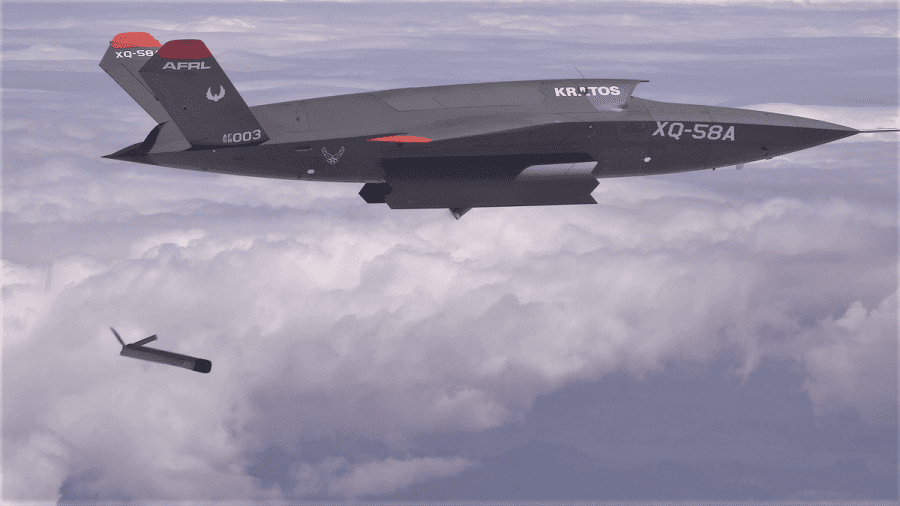
The Kratos XQ-58A Valkyrie releases the ALTIUS-600 small UAS in a test at the U.S. Army Yuma Proving Ground Ariz. test range on March 26– a test that marked the first time that the Valkyrie’s weapons bay doors have been opened in flight. (AFRL Photo)
The Air Force Research Laboratory (AFRL) on March 26 conducted the sixth flight test of the Kratos XQ-58A Valkyrie drone at Yuma Proving Ground, Ariz.–a demonstration that featured the launching of an Area-I ALTIUS-600 small unmanned aircraft system (SUAS) from the Valkyrie’s internal weapons bay in what AFRL said was the first opening of the Valkyrie’s weapons bay.
“In addition to this first SUAS separation demonstration, the XQ-58A flew higher and faster than previous flights,” Alyson Turri, AFRL’s demonstration program manager, said in a statement.
AFRL said that Kratos, Area-I and AFRL designed and fabricated the SUAS carriage and developed software to enable the release of the ALTIUS-600.
“After successful release of the SUAS, the XQ-58A completed additional test points to expand its demonstrated operating envelope,” per AFRL.
Air Taxi
Wheels Up and Bell Partner for UAM Initiative
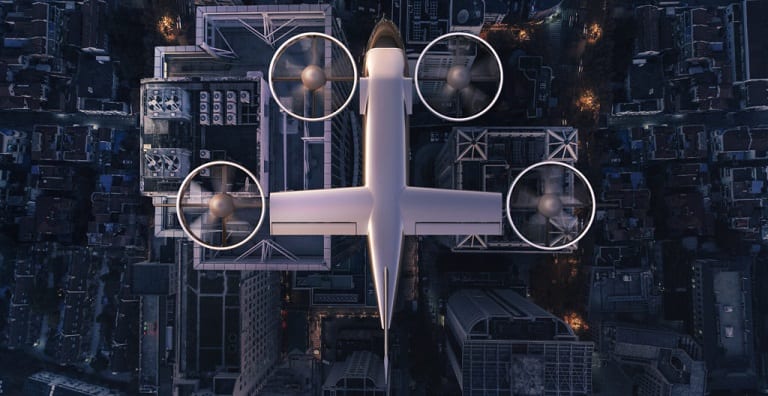
Bell’s Nexus 4EX air taxi concept, a four-seat all-electric aircraft targeting 60 miles of useful range for use in and near urban areas. (Bell)
Wheels Up and Bell Textron are partnering to expand the portfolio of Wheels Up by providing short and long-term vertical take-off and landing (VTOL) aircraft solutions, according to an April 9 release.
“We are always looking for different ways and new features to enhance the services we provide to our Members and Customers and this is a logical evolution of our systematic disruption of the aviation industry, and a vision to extend our holistic approach to air transportation,” Kenny Dichter, founder and CEO of Wheels Up, said in a statement. “Our strategic initiative with global innovation leader Bell is focused on serving our Members’ and Customers’ travel needs using our leading-edge Avianis Flight Management System technology platform for helicopter service.”
Wheels Up will use Bell’s VTOL aircraft in intra-city markets and is expected to launch in 2021, according to the release.
“Bell is proud to join with Wheels Up to make this cutting-edge travel solution a reality,” Mitch Snyder, president and CEO of Bell, said in a statement. “We have a history of setting new standards within the industry and utilizing our ability to deliver flexible travel solutions to market. We are excited to work with a company like Wheels Up to display the convenience of helicopter-based travel.”
Delta Air Lines is already a partner with Wheels Up and as such will provide connectivity and new transportation options to its customers through this deal, according to the release.
“We must challenge the status quo as we envision the future of travel,” Bill Lentsch, Delta Air Lines chief customer experience officer, said in a statement. “We look forward to our customers being able to take advantage of the latest innovations from Wheels Up.”
Unmanned
uAvionix UAS Transponder Receives TSO FAA Certification
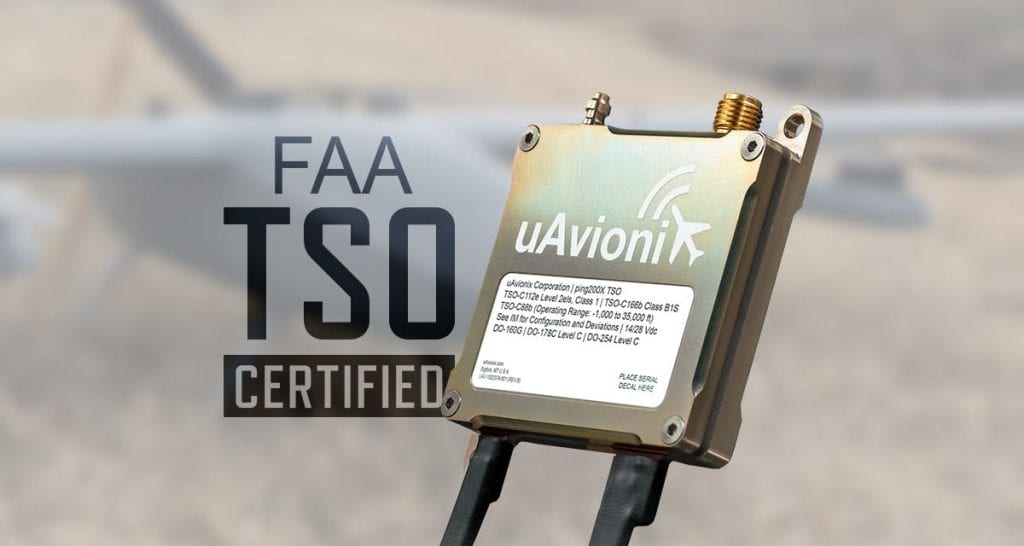
ping200X is the first FAA TSO Certified Drone Transponder, according to uAvionix. (uAvionix)
The Federal Aviation Administration (FAA) has awarded technical standard order (TSO) certification to uAvionix for its Mode S ADS-B OUT unmanned aircraft systems (UAS) transponder, ping200X, according to an April 7 release.
“Certified avionics ensure the systems perform to the same high standards that have allowed aviation to remain the safest form of transportation for decades, “ Christian Ramsey, president of uAvionix, said in a statement. “This is even more important for systems like transponders and ADS-B which interact with other airspace users. Regulators and ANSPs demand the design assurance and quality assurance that a TSO offers to ensure safe separation of aircraft.”
The transponder weighs 50 grams and delivers 200 watts of transmit power while only using about 1.5 watts from the aircraft, according to the release. The ping200X is a Mode S transponder, ADS-B OUT, and an altitude encoder combined.
Embedded Systems
Abaco and CoreAVI Extend Partnership

Abaco Systems and CoreAVI have extended their partnership for flight-certifiable graphics. (CoreAVI)
Abaco Systems and CoreAVI have extended their partnership for flight-certifiable graphics processing with an agreement for a new processor will create a low-risk solution for safety-critical processors used in cockpit display, navigation, synthetic vision, and sensor function, according to an April 6 release.
“More and more, we see avionics suppliers making the switch to off-the-shelf solutions for flight-certifiable applications,” John Muller, chief growth officer at Abaco, said in a statement. “As graphics systems are tasked with ever-increasing scope of functionality, bringing higher-performance hardware, software, and supporting certification artifacts is critical. Partnering with CoreAVI helps our customers expand their offering and get to market quicker.”
The agreement will allow CoreAVI’s AMD Embedded Radeon E9171 GPU, associated COTS-D hardware IP, and Vulkan graphics and compute capabilities on an embedded graphics processor produced by Abaco, according to the release.
E9171 GPU, associated COTS-D hardware IP, and Vulkan graphics and compute capabilities on an embedded graphics processor produced by Abaco, according to the release.
“We’re excited to bring the E9171 GPU to our customers,” Pete Thompson, VP of product management at Abaco, said in a statement. “This roadmap upgrade to the E8860 improves performance and reduces power, all while allowing customers to leverage code from legacy OpenGL applications. Our customers count on us to bring the newest technology to market quickly. Our partnership with CoreAVI does exactly that.”
The post What’s Trending in Aerospace – April 11, 2021 appeared first on Aviation Today.
Check FastApn access for commercial satcoms at Fastapn
Flytlink – Avionics, Satcom’s and IFE Consultants
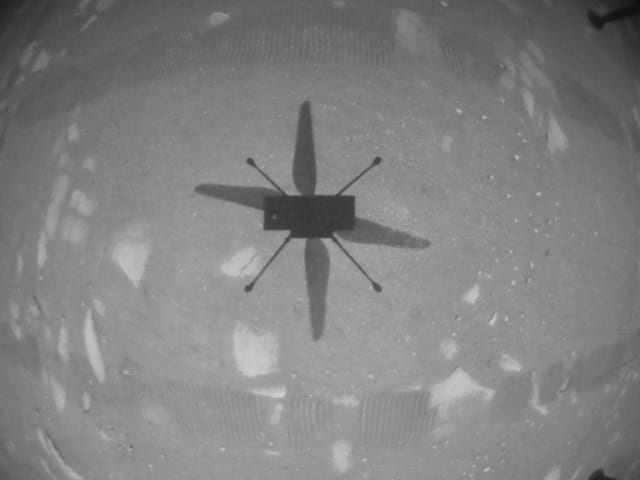

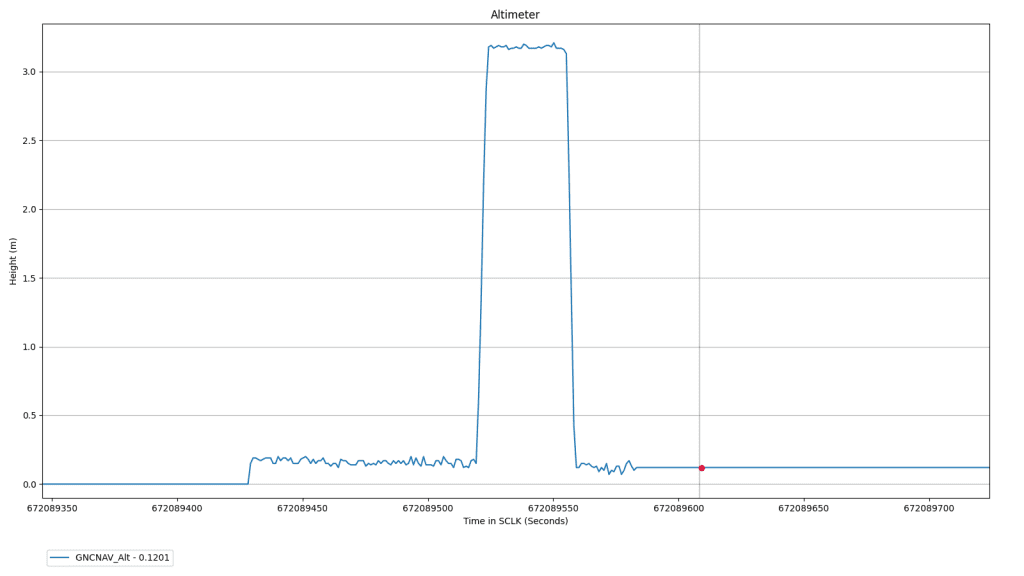












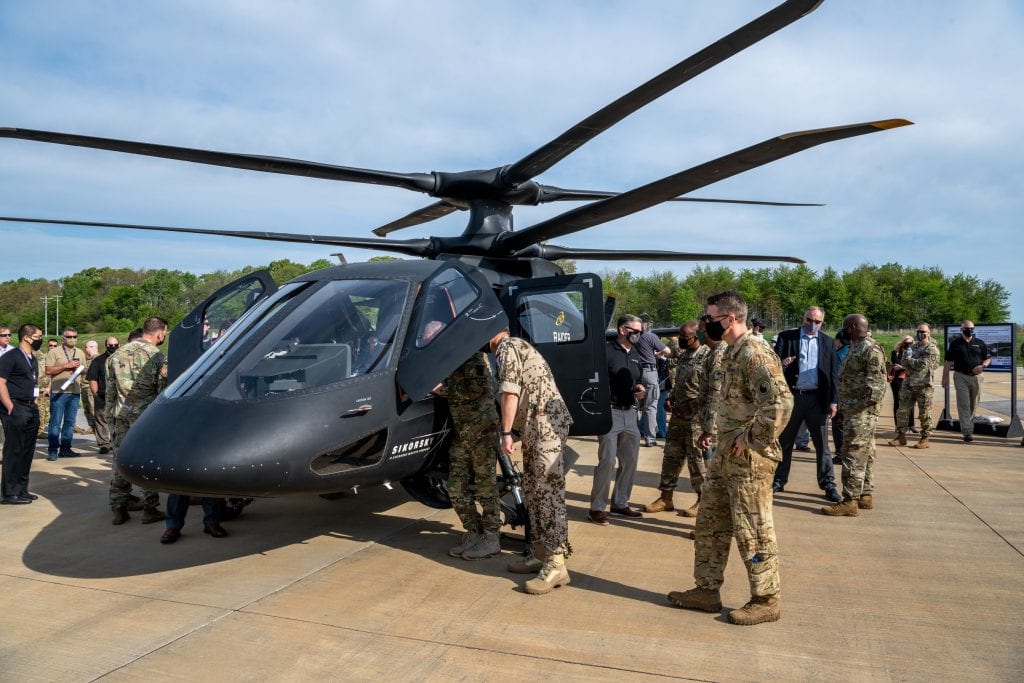


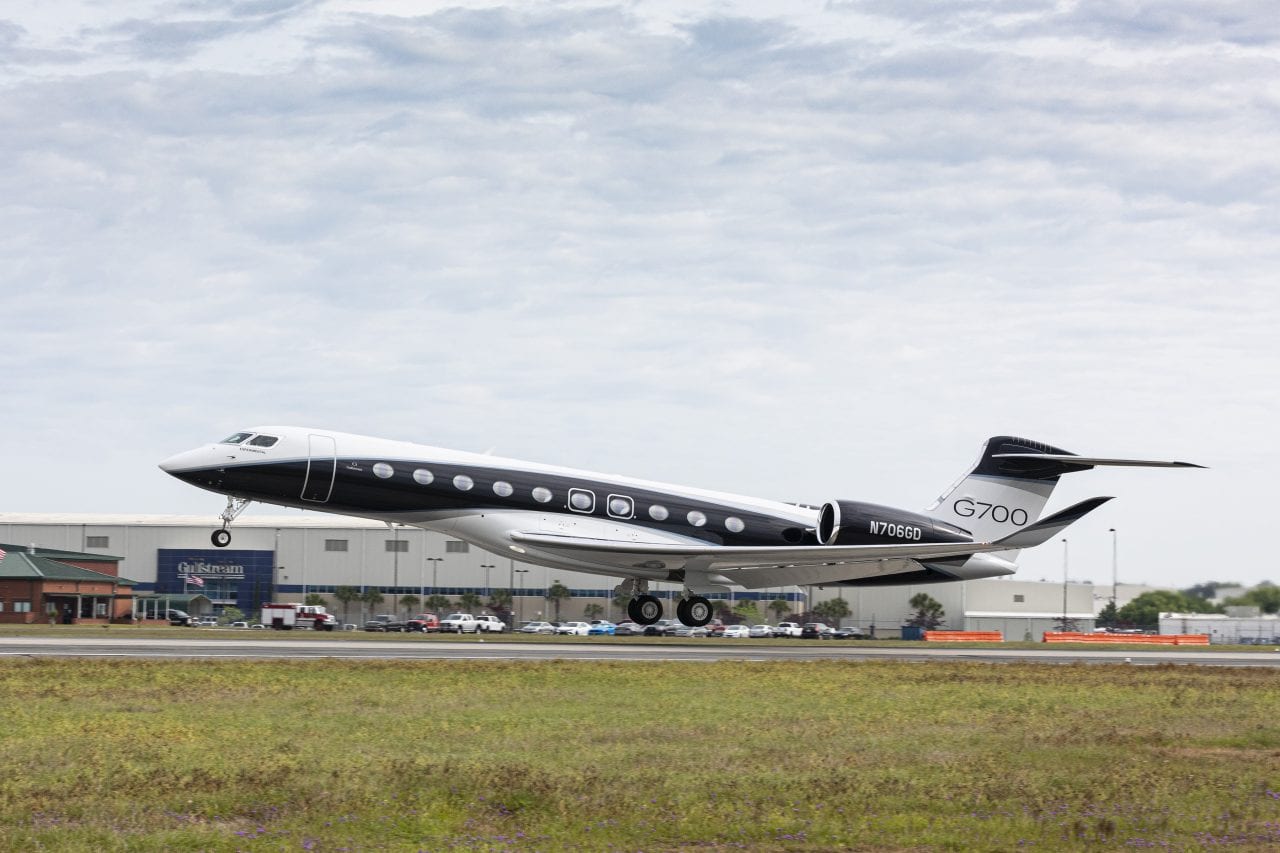


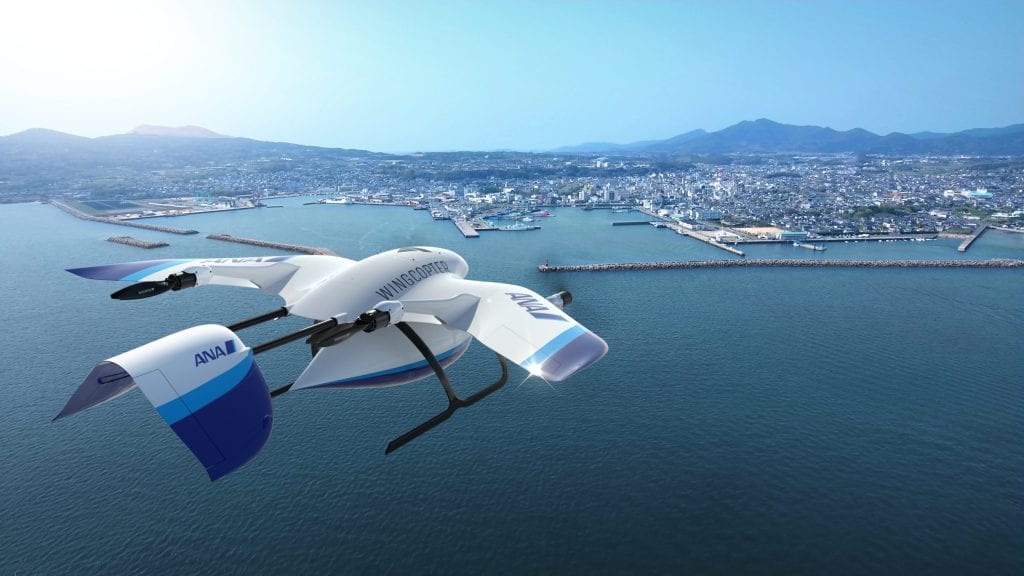




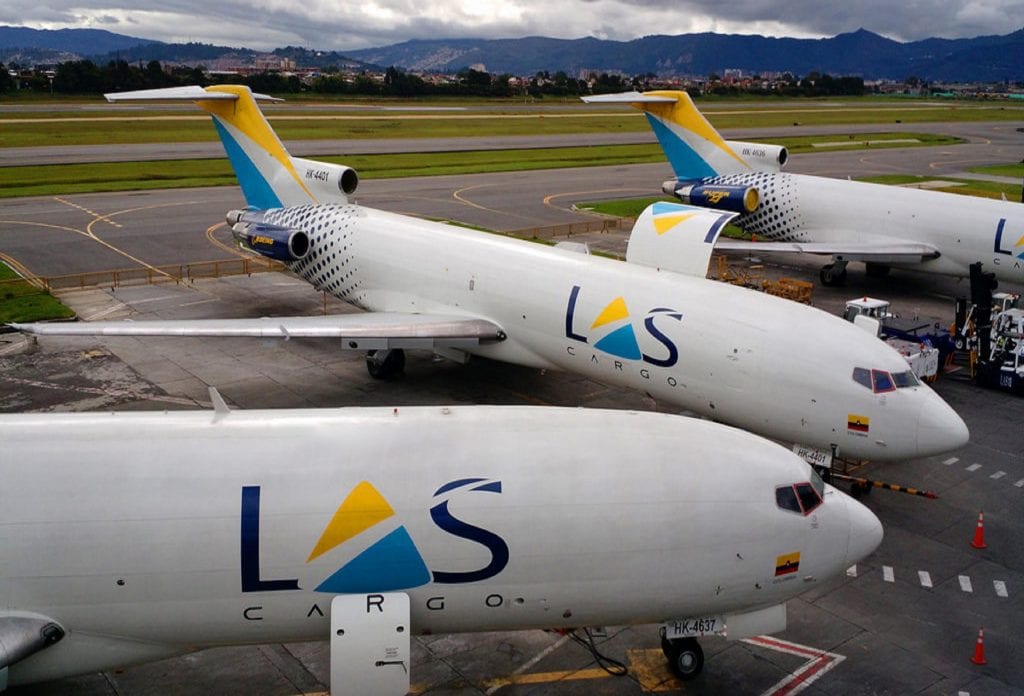


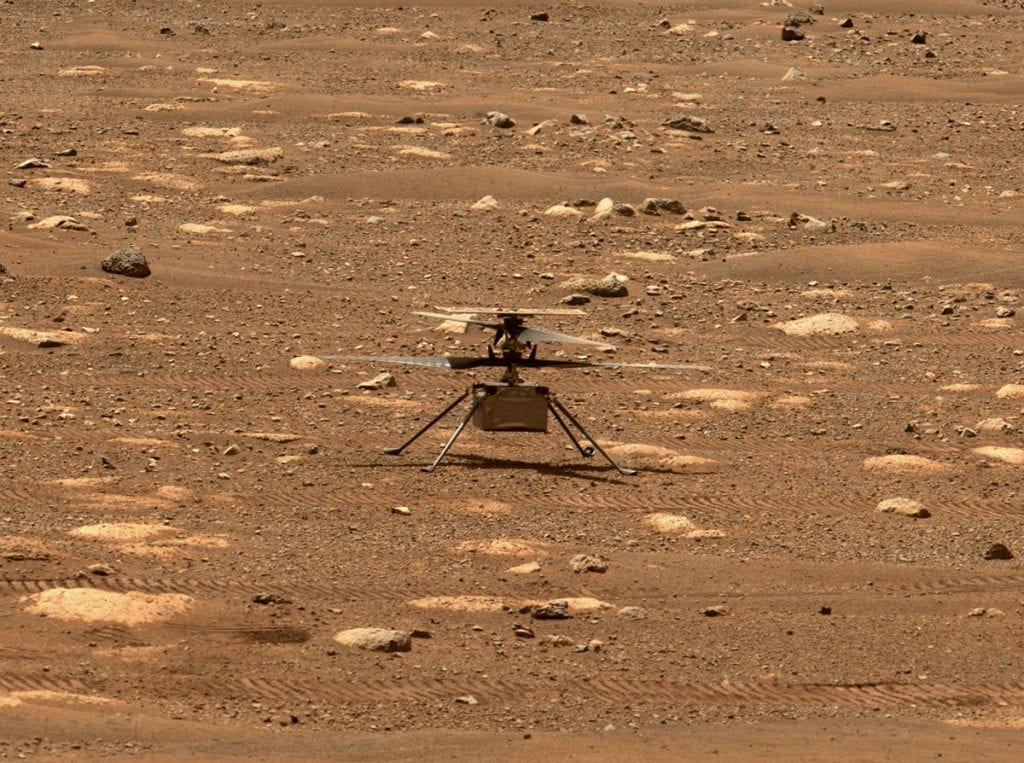


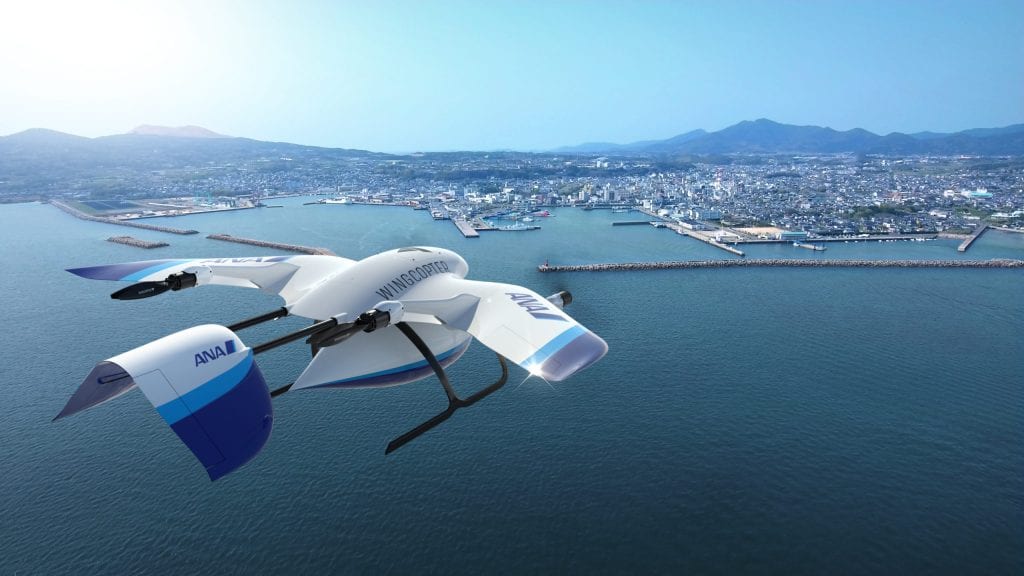

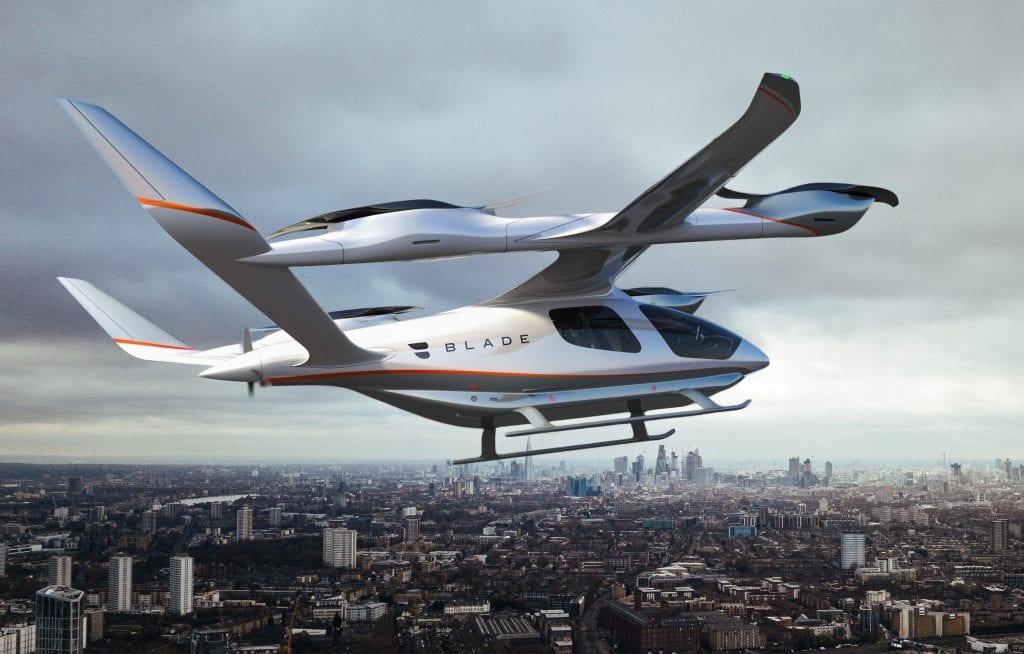













 E9171 GPU, associated COTS-D hardware IP, and Vulkan graphics and compute capabilities on an embedded graphics processor produced by Abaco, according to the release.
E9171 GPU, associated COTS-D hardware IP, and Vulkan graphics and compute capabilities on an embedded graphics processor produced by Abaco, according to the release.
